
July 2015 Restoration Update
Most of the construction works for the side tanks and bunker is now complete and we are now preparing the individual parts for riveting. Attention will now turn to completion of valve and cylinder cladding and remaining pipework.
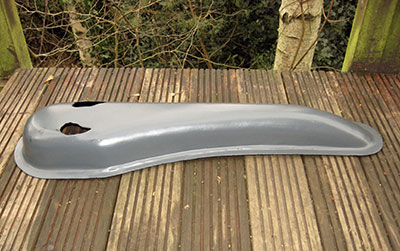
Ready to go on the loco - this is the cover for the lubricator shut-off cocks, and will be fitted to the right hand side of the smokebox.
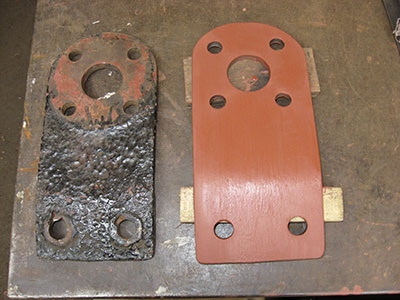
Spot the new one! This bracket carries the vacuum pipe below a frame stretcher located under the cab floor (new one on the right).
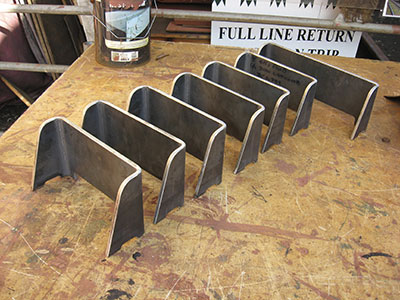
New steps for the front of the tanks, the rear of the bunker and the fireman's side of the cab. The latter were added during the 1950s for safety reasons and are required for use on the SVR.
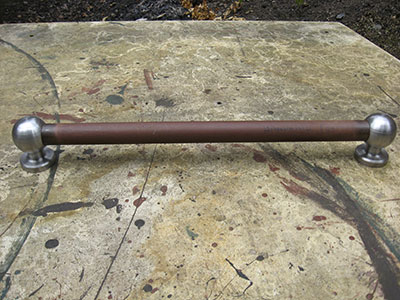
A new longitudinal handrail for the top of the boiler, the original having gone missing at some stage. The two end bosses have been machined from solid by Alan Baines in our Wiltshire outpost.
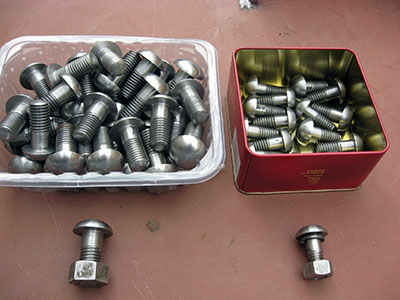
Also machined by Alan are these superb dome-headed bolts for bolting down various sections of the running plate. These were turned individually from surplus donated coach bolts.
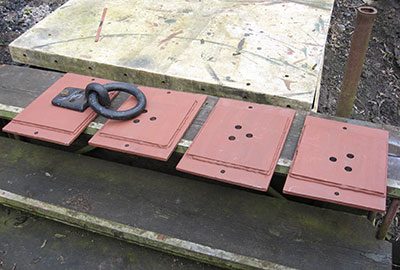
These are spreader plates, the outer edges of which locate under the angles which run the length of the tops of the tanks. When the tanks are lifted using the lifting eyes, these plates ensure that the weight of the tank is spread evenly along the angles. Without them, there's the possibility of the lifting eyes pulling through the top sheet - a prospect we'd rather not contemplate!
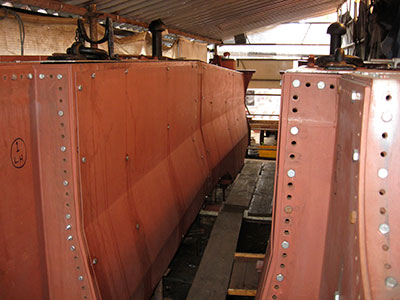
The tanks are now as complete as we can make them in their current location. All that remains is riveting and welding, and lifting onto the loco for alignment of the balance pipes (which permit the flow of water between the tanks and to and from the water space in the bunker), and the cab roof. Not being visible externally when on the loco, the inside sheets will be welded in place. The complicated profile of these sheets reflects the shape of the boiler, while maximising water capacity.
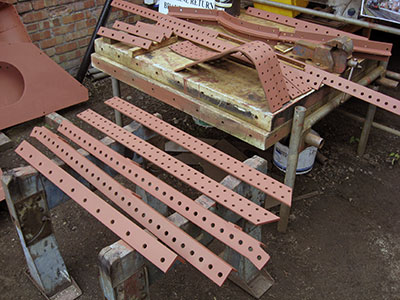
The bunker is now completely dismantled ready for riveting, and resembles a giant Meccano set. These strips and angles are parts of the complex framework which supports the bunker sheets, and all have been cleaned for removal of drilling swarf, de-burred and repainted.
Photos: John Whitcomb